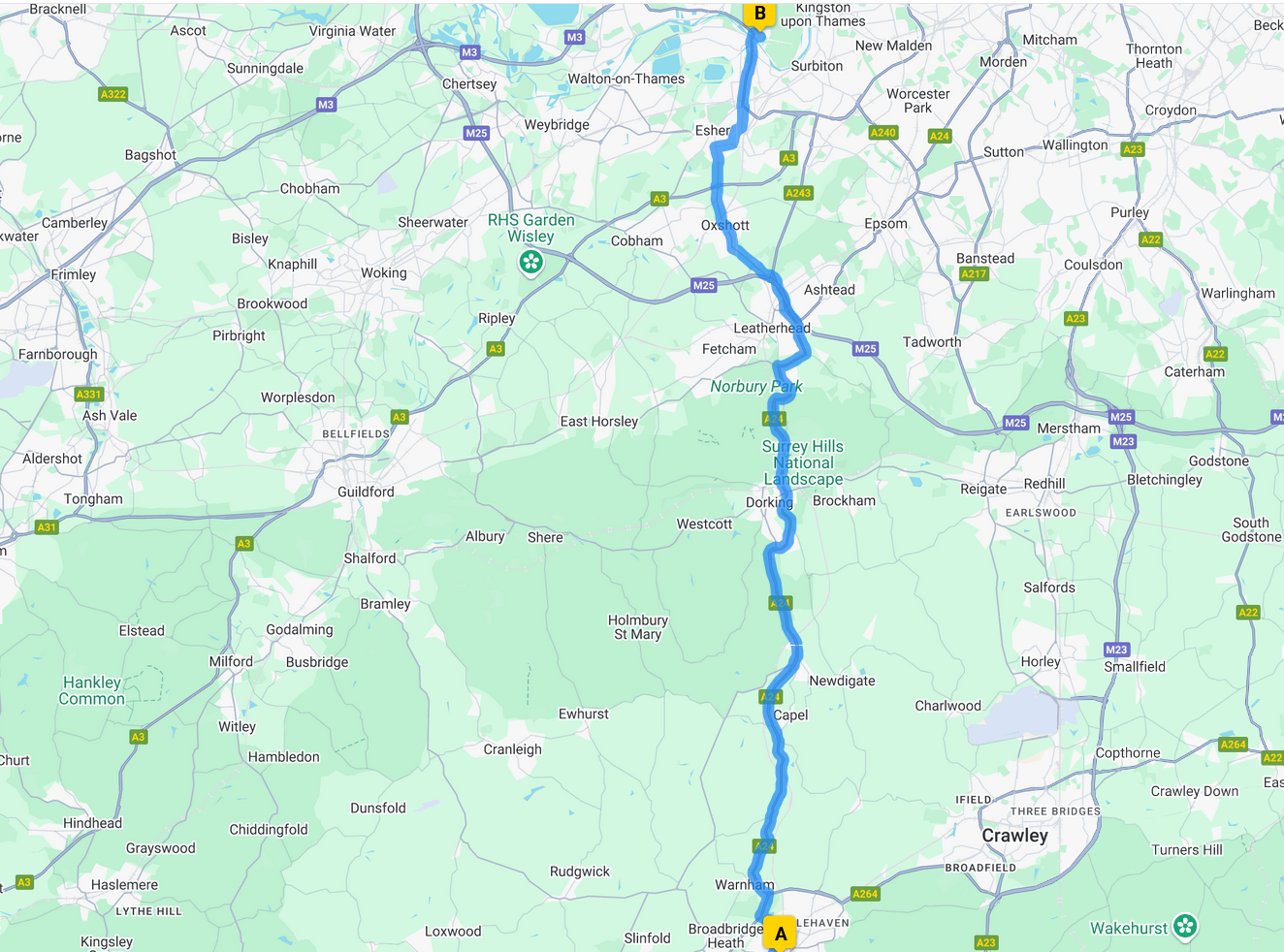About Hampton Court
Origins (Early 16th Century)
Built from 1514 for Cardinal Thomas Wolsey, Archbishop of York and chief minister to Henry VIII. Intended as a lavish residence to host the King and foreign dignitaries, showcasing Wolsey’s wealth and influence. In 1529, Wolsey fell from favour and gifted the palace to Henry VIII in an attempt to save himself.
Tudor Expansion (1529–1547)
Henry VIII transformed it into one of his most important residences, adding state apartments, private royal suites, extensive kitchens, and recreational facilities like tennis courts.
By the 1530s, it functioned as a palace, hotel, theatre, and leisure complex, hosting banquets, masques, and political gatherings.
Baroque Transformation (1689–1694)
Under William III and Mary II, architect Sir Christopher Wren was commissioned to rebuild much of the palace in the Baroque style, aiming to rival Versailles. The project was never fully completed, leaving a unique blend of Tudor Gothic and Baroque architecture.
Later Use and Public Opening
George II was the last monarch to reside there (1737). It became home to “grace-and-favour” residents, retired courtiers and aristocrats. Queen Victoria opened it to the public in 1838, and it remains a major heritage site managed by Historic Royal Palaces.
Historic Royal Palaces - The Story of Hampton Court Palace Wikipedia: Hampton Court Palace Springer Nature Link: The Architectural Works of Hampton Court Palace Under the Reigns of Queen Mary II and Queen Anne









